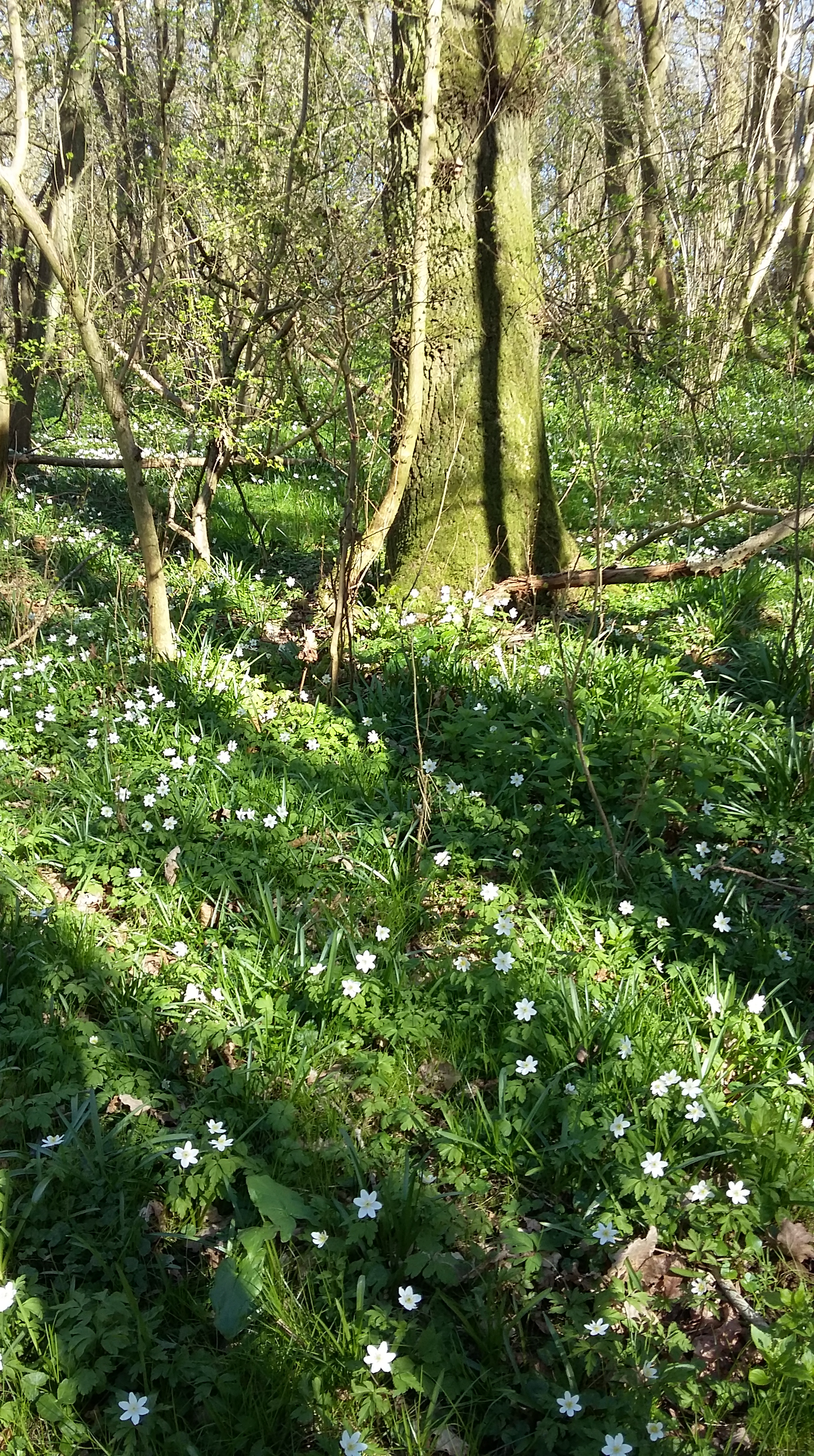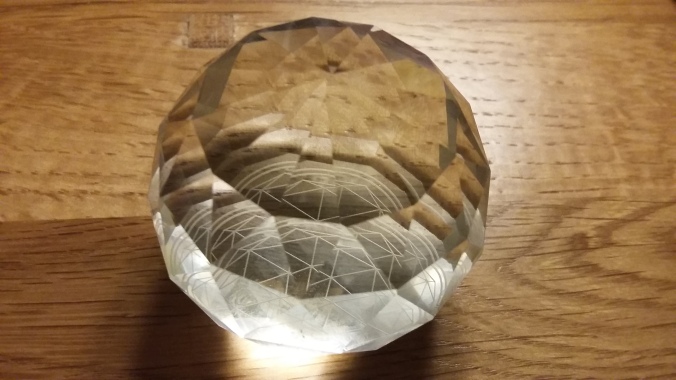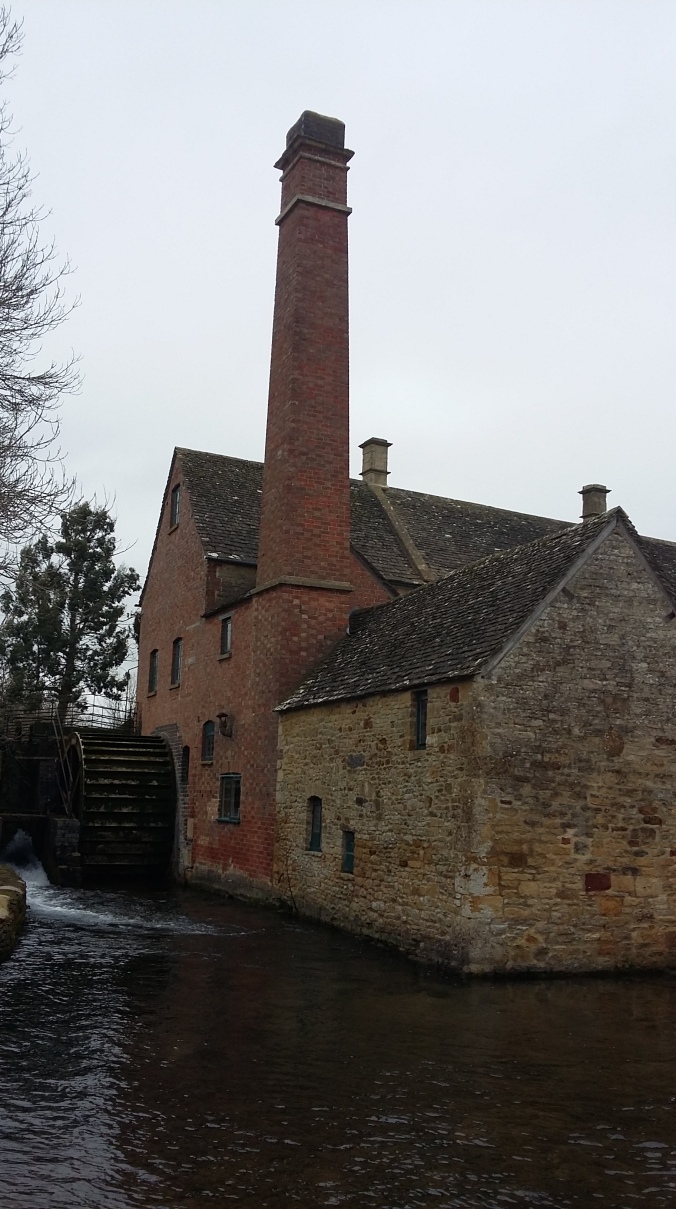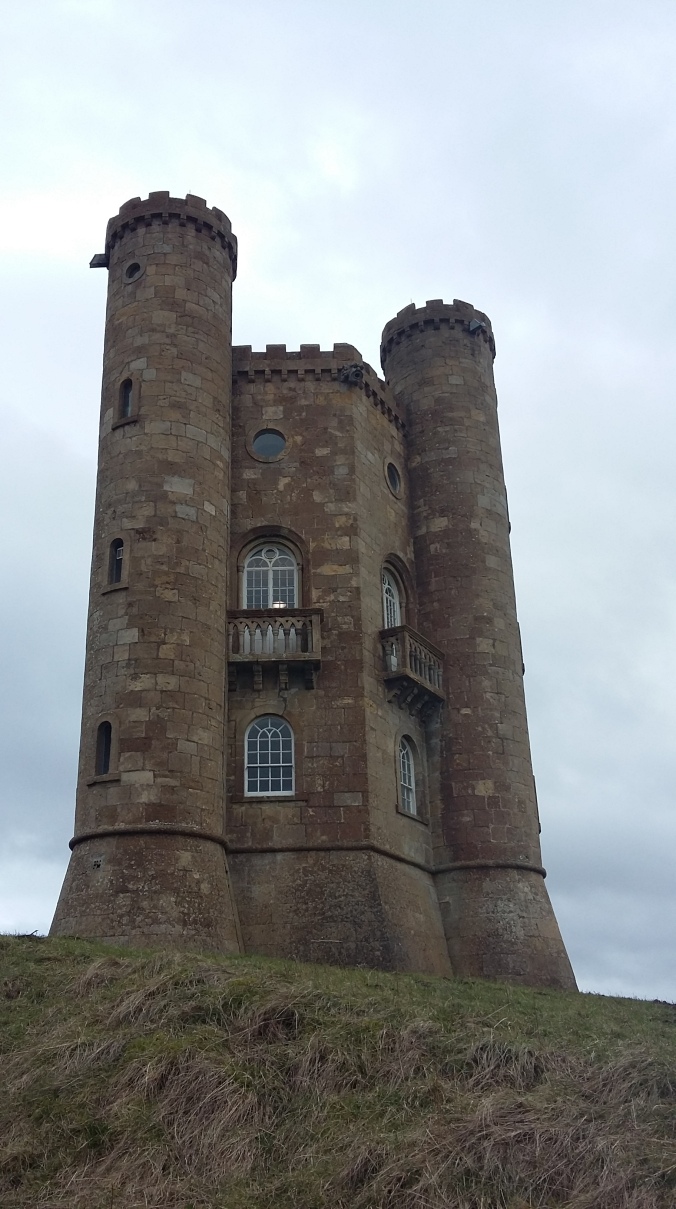Did you know there was such a thing as a native wild daffodil in Britain? Not garden varieties planted in wild places but a genuinely wild daffodil. Most people don’t, which is a shame because the wild daffodil was once as much a part of our countryside flower display as the primrose, cow parsley or the ever stunning bluebell. Also known as the lent lily, as it blooms and dies in the lent period, and Peter’s leek the daffodil has suffered huge and shocking declines in the last century so now most counties can consider themselves lucky to have a small patch still clinging on, often in areas of old woodland, where disturbance has been minimal.
Smaller than the large garden varieties the wild daffodil has a relatively large trumpet for its diminutive size. The outer petals of the flower are paler, a more pastel yellow, whilst the inner cone is a deeper lemony yellow. And finally their leaves are a greyish green. Altogether I find them a more delicate gentle-looking flower than the loud and proud commercially bred daffodils.

The native daffodil’s range stretches from the Iberian peninsula all the way across Europe to Great Britain. There are many different varieties and colours, from pale species with short orange trumpets to large and brightly coloured specimens. As they hybridise readily there is no agreed number of daffodil species, estimates ranging from 30 to 200.
These early flowering plants have a long history of being gathered from the wild or commercially grown. As well as being used for decorative garlands they were also used for their medicinal properties. A poisonous plant which can cause vomiting and ultimately cardiac arrest if consumed in large quantities, it has been used in traditional medicines to cure anything from baldness to cancer. It is quoted as a well-known cure in texts as far back as the Bible. Today we still use daffodil extracts to fight diseases such as dementia.
Cultivation of daffodils has been recorded since the sixteenth century, and collecting bulbs from the wild for this process is one of the reasons some species have rapidly declined. Several daffodil species are believed now to be extinct whilst others are critically endangered. Our own native daffodil has had its share of this. Habitat loss has been a great contributor to its decline though many people puzzle as to why its numbers have dropped quite so dramatically since the 1930s.
My wild daffodil hunt came about largely because I live on the border to Wales. I’ve always been aware wild daffodil populations exist in Wales and have therefore had it in my mind for a long time to go off to find some. In my ignorance I imagined them a little like edelweiss, clinging delicately to scraggy cliffs at the tops of mountains. Actually daffodils can grow in a range of habitats, from meadows to woodlands, with a preference for damp acidic soils.
Already my spring had been filling up with trips and visits and, as I realised the distance I would need to travel to find my daffodils in Wales I doubted this would be the year. However what I didn’t realise, and I soon discovered, was that wild daffodils can still be found scattered about the English countryside. We even have walks dedicated to daffodils, such as the daffodil mile, and woods specially protected for the wild daffodils they harbour, and counties such as Gloucestershire, where their local emblem is the daffodil. Given that I had a weekend plan in my childhood county, Northamptonshire, I decided to check if any daffodils had survived there. And I was in luck. A woodland well-known to me, Evedon stubbs, which I had spent much of my childhood playing in, happened to have a few small patches of native daffodils. Amazingly I never knew.
Run by the Woodland trust, Evedon stubbs is a wonderful little site full of ancient coppice trees, oaks, ashes and wild flowers. In a few weeks time the floor will be carpeted in bluebells, and already when myself, my friend Becca and her mud-phobic pooch Bailey visited, the leaves of the coming bluebells covered the forest.
I have a confession to make. Having entered the woodland and chosen a direction slightly at random (I had checked the rough location of the daffodils in the wood’s online management plan) we found the first patch of daffodils almost immediately. So it wasn’t much of a hunt.

I had worried I wouldn’t be able to recognise if they were natives or garden escapees, but these were obviously what we had been looking for. Small, delicate and where daffodil-mania had all started, wild daffodils are worth finding. We continued on our way enjoying the other spring blooms the woodland had to offer, such as the pale wood anemones and the sunny lesser celandine. More daffodils presented themselves as we wandered, always in small patches, easy to walk past if you weren’t on the look out for them. I guess perhaps that was how Wordsworth came upon his ‘host of golden daffodils’.

But all was not well in the woods. As we bowed ourselves to get a closer look at our daffodils, one particular specimen stuck its head out above the rest. This daffodil was not a native, and unfortunately it could spell the end for the Evedon stubbs daffodils.
Now this may surprise you but I have a loathing for roadside daffodils. By this I mean garden varieties planted into wild habitats. In fact I dislike any garden plant from being planted into a wild habitat. This may seem overly grinch-like but I promise you there is a good reason. Our roadside verges are the meadows of the 21st century. If managed correctly (no fertilisers, no pesticides, cut only after the plants living in them have set seed, and the cuttings then taken away) they can harbour a wealth of wild and native flowers which we have largely lost in other areas of our countryside. But continually mow these areas to the ground or plant species such as daffodils in them and all you get is an extension of a manicured garden. The benefits to nature are lost, the native species out-competed or entirely mown away. Even worse is the planting of daffodils in woodlands and meadows, where they can become a rampant invasive. And if planted near to populations of native daffodils they can cross-pollinate, creating non-native hybrids. This could be the final straw for our native daffodils.
A greek legend tells of a young boy, so beautiful and vain that a goddess had him fall in love with his own reflection. Bending over a pool he spent days admiring himself until finally he fell in and drowned. The goddess, taking pity on him, turned the young man into a daffodil or narcissus. So I guess even daffodils know themselves how very beautiful they are.
The fate of the wild british daffodil is still uncertain, as with all our wildflowers urbanisation, intensive farming and invasive species are taking a toil. But we can easily do our bit by respecting the boundary between our gardens and the wild. Keep garden plants in the garden and garden waste (another common spreader of garden species into the wild) in your compost heap. Campaign to have verges managed as meadows and not lawns, and importantly support conservation work in managing our remaining wild places and creating new ones. And of course have a look and see where your local wild daffodils are blooming and take yourselves, your children and your friends on your own daffodil hunt. Only then can we appreciate why it’s important to save our wild daffodils, so that future generations can enjoy them just as we’ve been able to.











